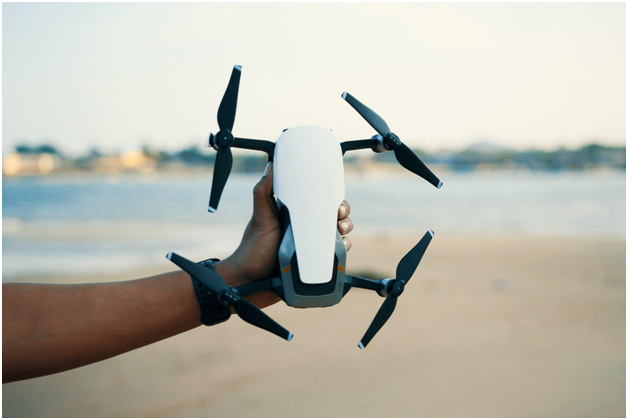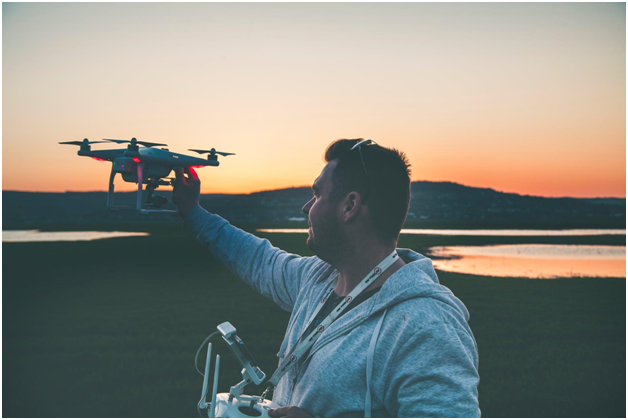Drone racing is an exciting new sport where competitors fly quadcopters equipped with cameras through a series of obstacles. The camera feeds live video to a headset, giving the controller a first-person view (FPV) from the drone. Drone racing is open to anyone with a few hundred dollars to buy the equipment, and its popularity is snowballing. We suggest you go and dig down in the history of the drone before you decide on your racing drones so that you make a wise decision. Some competitions now get televised, and the major events prize money more than $20,000.
If you want to venture into the world of FPV drone racing, the following tips will guide you.
1) Choose your aircraft.

There are two main options when it comes to buying racing drones. Beginners often choose so-called ready-to-fly (RTF) drones. No assembly is required with RTF drones, and they come with a radio controller and other accessories. The alternative is to build a racing drone of your own, and there are several advantages to this. It can take time to make a quadcopter, but there’s a great sense of satisfaction when it’s complete. You can even consider to compare drones on dronelitic to find the best one.
If you build your drone from scratch, it means you’ll find it easier to carry out repairs, and this is a useful skill when you’re starting out. Collisions and crashes are inevitable in the fast-paced world of drone racing. The thought of building a drone can be daunting, but there are lots of tutorials, YouTube videos, and forums where you can find help. Although it’s competitive, the drone racing community is friendly and supportive.
2) Choose your RC controller.

Drone controllers cost between $100 and $1,000. Inexpensive models are suitable for beginners, but you need a reliable controller with precision control sticks for racing. Weatherproofing is essential if you want to take part in outdoor drone racing. Experts recommend that you start with an RC controller with at least six channels. Some models offer buttons you can program for unique stunts and tricks, but these aren’t necessary if you merely want to learn to maneuver your drone and learn basic racing techniques.
3) Choose your FPV goggles.

The thrill of quadcopter racing comes from being able to see the live video from the nose of the aircraft as it twists and turns. It can make you feel disoriented and dizzy at first, but FPV gives you the ability to make split-second decisions once you adapt to the unique perspective. FPV goggles with a field of vision of 30 degrees or more give you an immersive experience. OLED screens have the best clarity and brightness, but they tend to be more expensive. It’s essential to test the fit of FPV goggles and make sure they are comfortable before buying, as you can spend hours a day wearing them at drone racing competitions.
4) Practice flying.

Once you have the equipment for drone racing, it’s time to master the basics of flying. It’s best to start outdoors in an open space where there’s little risk of a collision. Practice turning the drone in the air and flying in circles. As your confidence grows, add in some obstacles such as trees. Don’t be afraid of crashing; that’s all part of the experience, and you need to be able to fly close to obstacles to become a successful drone racer.
5) Attend local racing events.

The popularity of drone racing means that new groups and events are appearing all the time. Look for local events and go along to meet those taking part to find out if you can join in. It’s important to know the rules and etiquette of a drone-racing group before you fly, as you may not be welcome for long if you cause problems. Causing other racers to lose the video feed in their FPV goggles is a serious risk if you don’t follow protocols.
Once you’ve got used to flying and experienced some drone races you can decide where you want to take your new hobby. Some want to experience the thrill of high-speed chases, but you may prefer the technical side of building new and faster aircraft.
Author Bio: Jake Carter is a drone enthusiast and writer at RC Hobby Review follow him on Twitter @RCHobbyReview or Facebook @RCHOBBYREVIEW







